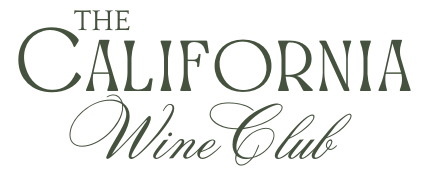CALIFORNIA WINE REGIONS
More than 80% of the wine made in the USA is made in California, making it the fourth largest producer of wine in the world, coming in behind Italy, France and Spain (who, combined, make more than half the wine produced in the world). California wine regions run the length of the state, and wine grapes are grown in 49 of California's 58 counties. Chardonnay is the most widely planted white grape and Cabernet Sauvignon is the most widely planted red grape.
Lets dig in to California's AVA's: California wine country currently has more than 150 American Viticultural areas or AVAs. These are delimited, geographical grape-growing areas that have officially been given appellation status by the Bureau of Alcohol, Tobacco and Firearms. AVAs show off the diversity and quality of the wine region. Each American Viticulture Area has a distinct “persona” that divides it from the other AVAs. The distinct “persona” is mainly categorized by climate, geology and elevation. No surprise, Napa Valley is the original California AVA. For a California wine label to display an appellation name, 85% of the fruit in the wine must come from that appellation.
We typically think about regions, which can include multiple AVAs, to help group wines by geography and terroir.
California's Wine Regions
For more than three decades, we’ve been sharing our favorite artisan winery discoveries with wine lovers like you. Click on the Wine Regions map to learn more about the artisan wineries we have featured.
Comprising 1.2m hectares, including iconic areas like Sonoma and Napa Valley, this is the best known of all AVAs.
Stretching between San Francisco and Los Angeles, this region is one of the oldest.
Best known for California's signature agriculture, this region also grows roughly half of the state's wine grapes.
The area of the original Gold Rush, this region also produces some of the best Zinfandel in the world.
Hot and dry, this region is regarded as the birthplace of California viticulture, with a rebirth in the last 20 years or so.

